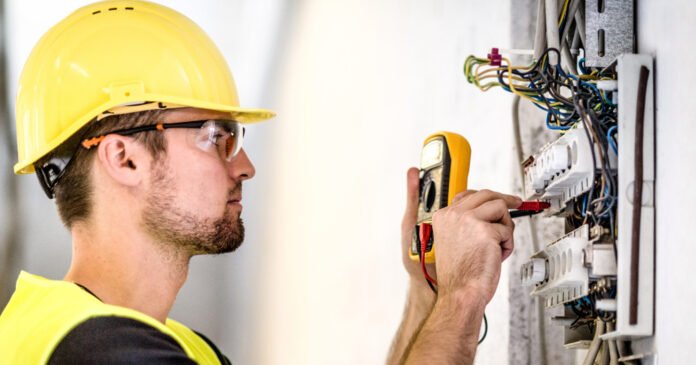Electrical hazards pose significant risks in various settings, from residential homes to industrial workplaces. Understanding these hazards is crucial for preventing accidents, ensuring safety, and complying with regulations. In this comprehensive guide, we delve into the nature of electrical hazards, how to identify them, and the measures to mitigate associated risks. As a trusted entity in safety solutions, The Safety Master provides invaluable insights and expertise to help you navigate these challenges.
What Are Electrical Hazards?
Electrical hazards refer to dangerous conditions where a person can come into contact with energized equipment or live electrical parts, leading to electric shock, burns, or fire. These hazards are prevalent in environments where electrical installations, equipment, and devices are used extensively.
Common Types of Electrical Hazards
Understanding the types of electrical hazards is the first step in prevention:
- Electric Shock: Occurs when a person comes into contact with an electric current, which can cause serious injury or death.
- Electrical Burns: Result from electric arcs or explosions that can cause severe burns and tissue damage.
- Arc Flash: A sudden release of electrical energy through the air when a high-voltage gap exists and there is a breakdown between conductors.
- Electrical Fires: Can occur due to faulty wiring, overloaded circuits, or malfunctioning electrical equipment.
- Explosions: Result from electrical malfunctions in explosive atmospheres, like those found in chemical plants or refineries.
Identifying Electrical Hazards
Identification is key to mitigating electrical hazards. Regular inspections and audits are essential. The Safety Master recommends conducting a Fire Audit to assess and identify potential fire hazards related to electrical installations.
Preventive Measures
- Proper Installation and Maintenance: Ensure that all electrical systems are installed by certified professionals and regularly maintained.
- Use of Personal Protective Equipment (PPE): PPE such as insulated gloves and footwear, face shields, and arc-rated clothing can protect workers from electrical hazards.
- Regular Training: Educate employees about electrical hazards, safe work practices, and emergency response procedures.
- Equipment and Tool Safety: Use tools and equipment that are properly rated for the electrical work being performed. Regularly inspect them for damage.
- Signage and Labels: Clearly mark hazardous areas and equipment with appropriate warning signs and labels.
- Emergency Preparedness: Have a clear plan in place for dealing with electrical emergencies, including first aid and evacuation procedures.
Importance of Compliance
Compliance with national and international safety standards is non-negotiable. It not only ensures the safety of employees but also protects the organization from legal repercussions. For instance, the Process Safety Management standard mandates a systematic approach to evaluating the entire process involving hazardous chemicals, including the electrical aspects.
Case Studies: Lessons Learned
Real-life incidents provide valuable lessons in electrical safety:
- Case Study 1: Industrial Plant Fire: A manufacturing plant experienced a devastating fire due to an arc flash from an overloaded circuit. Post-incident analysis revealed that regular fire audits and proper maintenance could have prevented the disaster.
- Case Study 2: Electric Shock Incident: An employee suffered severe burns and electric shock while repairing a faulty machine. The investigation showed a lack of proper training and inadequate use of PPE.
The Safety Master’s Role
The Safety Master offers a range of services to help organizations manage electrical hazards effectively. From conducting comprehensive fire audits to implementing robust process safety management systems, we ensure that safety protocols are up to date and employees are well-trained. Our team of experts brings a wealth of experience and authoritative knowledge, making us a trusted partner in safety solutions.
Conclusion
Electrical hazards are a critical concern in any environment where electrical systems are in use. Understanding these hazards, identifying potential risks, and implementing preventive measures are essential steps in ensuring safety. The Safety Master stands ready to assist with expert guidance, comprehensive audits, and training programs designed to mitigate electrical risks and enhance overall safety.



